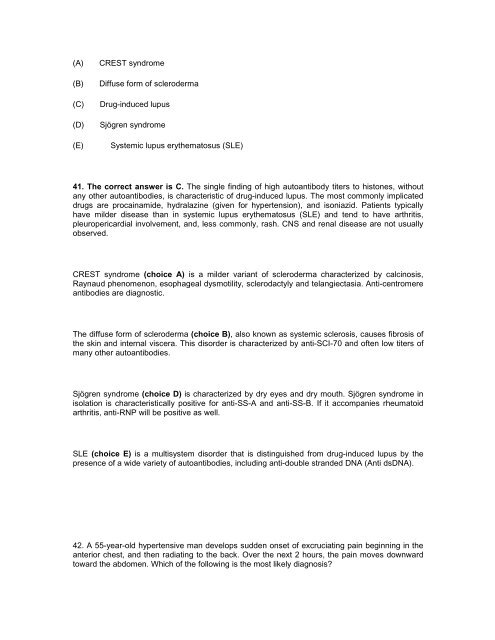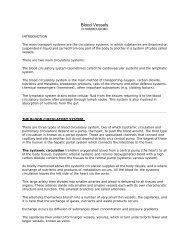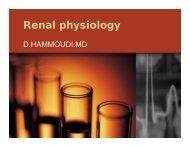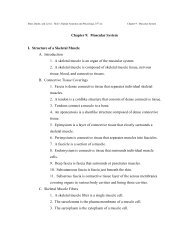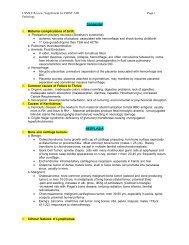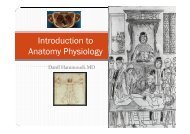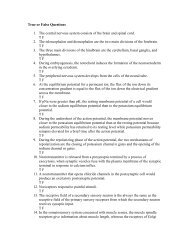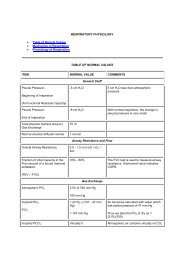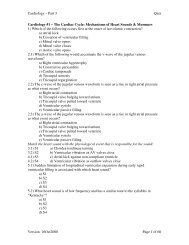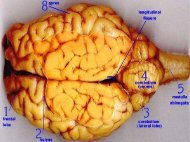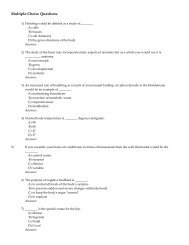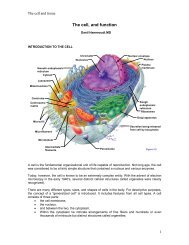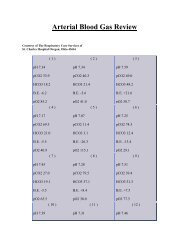L:\usmle review 7 - Sinoe medical homepage.
L:\usmle review 7 - Sinoe medical homepage.
L:\usmle review 7 - Sinoe medical homepage.
Create successful ePaper yourself
Turn your PDF publications into a flip-book with our unique Google optimized e-Paper software.
(A)<br />
(B)<br />
(C)<br />
(D)<br />
(E)<br />
CREST syndrome<br />
Diffuse form of scleroderma<br />
Drug-induced lupus<br />
Sjögren syndrome<br />
Systemic lupus erythematosus (SLE)<br />
41. The correct answer is C. The single finding of high autoantibody titers to histones, without<br />
any other autoantibodies, is characteristic of drug-induced lupus. The most commonly implicated<br />
drugs are procainamide, hydralazine (given for hypertension), and isoniazid. Patients typically<br />
have milder disease than in systemic lupus erythematosus (SLE) and tend to have arthritis,<br />
pleuropericardial involvement, and, less commonly, rash. CNS and renal disease are not usually<br />
observed.<br />
CREST syndrome (choice A) is a milder variant of scleroderma characterized by calcinosis,<br />
Raynaud phenomenon, esophageal dysmotility, sclerodactyly and telangiectasia. Anti-centromere<br />
antibodies are diagnostic.<br />
The diffuse form of scleroderma (choice B), also known as systemic sclerosis, causes fibrosis of<br />
the skin and internal viscera. This disorder is characterized by anti-SCI-70 and often low titers of<br />
many other autoantibodies.<br />
Sjögren syndrome (choice D) is characterized by dry eyes and dry mouth. Sjögren syndrome in<br />
isolation is characteristically positive for anti-SS-A and anti-SS-B. If it accompanies rheumatoid<br />
arthritis, anti-RNP will be positive as well.<br />
SLE (choice E) is a multisystem disorder that is distinguished from drug-induced lupus by the<br />
presence of a wide variety of autoantibodies, including anti-double stranded DNA (Anti dsDNA).<br />
42. A 55-year-old hypertensive man develops sudden onset of excruciating pain beginning in the<br />
anterior chest, and then radiating to the back. Over the next 2 hours, the pain moves downward<br />
toward the abdomen. Which of the following is the most likely diagnosis


